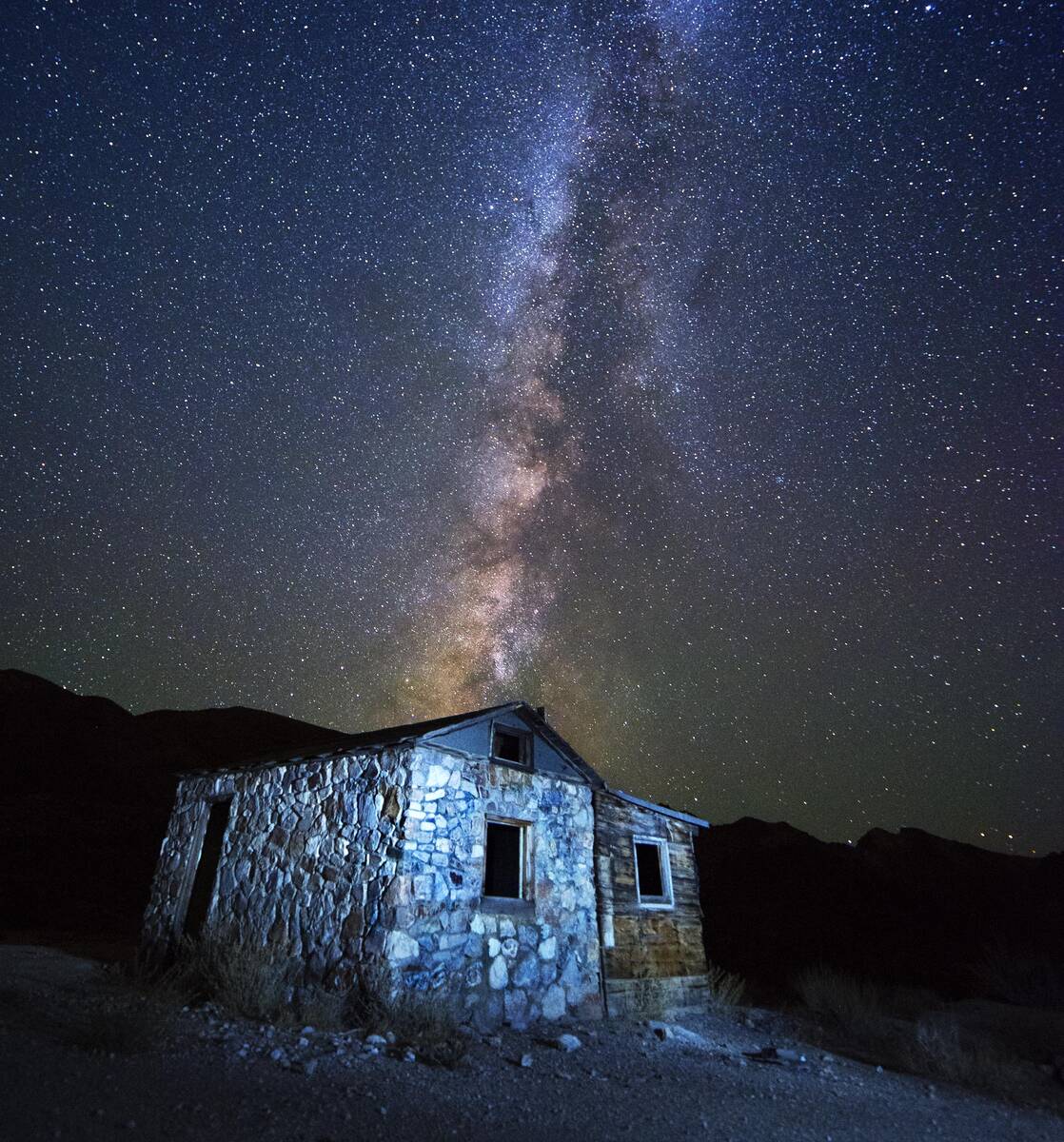New program to promote astro-tourism in Nevada
“Coming Soon to a Universe Near You,” as founding organizer Elizabeth Woolsey puts it, is a new program encouraging astronomy enthusiasts to take advantage of the dark night sky in rural Nevada.
The program, called Park to Park in the Dark, will promote the route, on Highways 6 and 95, between Great Basin National Park and Death Valley National Park both of which are listed as International Dark Sky Parks by the International Dark Sky Association (IDA).
The IDA designates such parks because of their “exceptional or distinguished quality of starry nights and a nocturnal environment that is specifically protected.’
Park to Park in the Dark literature says that, “The ability to see pristine dark sky landscapes is becoming inaccessible for billions of people around the world. Light pollution has crept up on humanity. Astro-tourism, tourism using the natural resource of unpolluted night skies for astronomical, cultural, or environmental activities—is on the rise as people are seeking environmentally sustainable travel opportunities for astronomy and stargazing pursuits.”
Saying that “Nevada has an incredible asset n the dark night sky,” the literature goes on to say that astro-tourism has the potential to help communities diversify their tourism economies and promote economic growth.
The route, touted as “The Starriest Route in America,” passes through five rural Nevada communities: Baker, Ely, Tonopah, Goldfield and Beatty,
A recently signed piece of legislation, SB52, sponsored by Lieutenant Governor Kate Marshall, addresses the importance of Nevada’s dark night skies and their preservation.
The Park to Park in the Dark team includes leaders from the affected communities, and representatives from the Bureau of Land Management, US Forest Service, Nevada State Parks, Friends of Nevada Wilderness, Basin & Range Dark Sky Cooperative, the Nevada Division of Outdoor Recreation, Travel Nevada, and park rangers from both National Parks.
Park to Park in the Dark goals include promoting the Parks and their astronomy programs, promoting the value and benefits of dark sky preservation, and promoting natural, cultural and business offerings in the communities along the route, focusing on where to stay, eat, and explore.
Under development are “itineraries and educational opportunities at the parks, in the communities and at unique destinations along the route.”
There are also plans to “develop rest areas and wayside exhibits that provide information about Native American astronomy and culture.”
Grants from Travel Nevada have funded the creation of a Park to Park in the Dark logo and a poster, and are making possible the development of a website and a brochure, both of which are in the works.
Richard Stephens is a freelance writer living in Beatty.

















